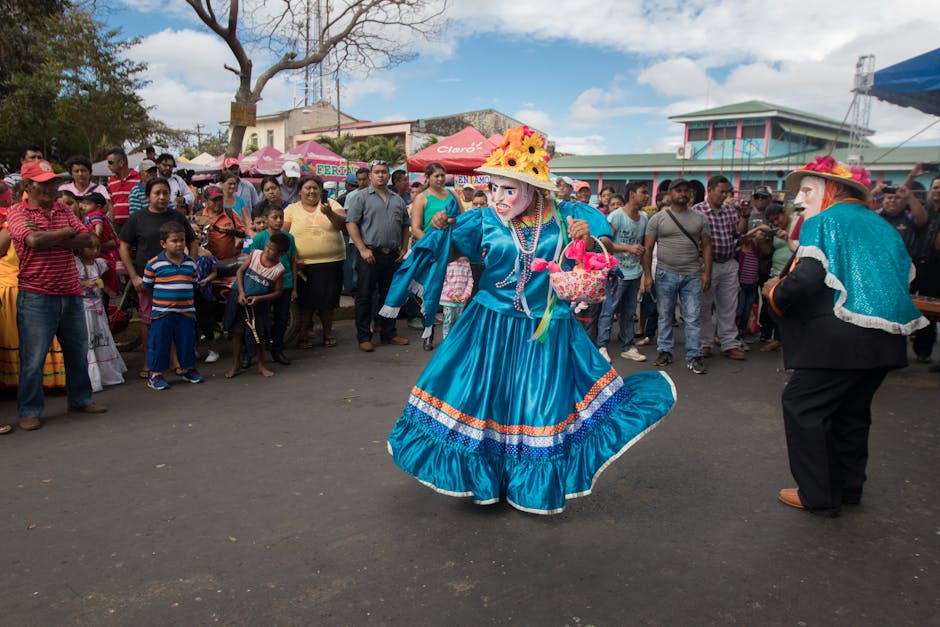
Rituals and Traditions in Latin Folklore
Rituals and Traditions in Latin Folklore
Latin America is known for its vibrant culture and traditions, deeply rooted in its folklore. The region is home to a diverse mix of indigenous, African, and European influences, resulting in a unique tapestry of rituals and celebrations. Let's dive into some of the most intriguing rituals and traditions in Latin folklore.
Day of the Dead (Día de los Muertos)
One of the most iconic traditions in Latin America is the Day of the Dead, celebrated in Mexico and other parts of the region. It is a time to honor and remember deceased loved ones, with elaborate altars adorned with flowers, food, and personal belongings. Families gather to pray, share stories, and celebrate the lives of those who have passed away.
Carnival
Carnival is a vibrant and colorful celebration that takes place in many Latin American countries before the start of Lent. It is a time of revelry, music, dance, and elaborate street parades. Each country has its own unique way of celebrating Carnival, with Brazil's Rio de Janeiro being particularly famous for its spectacular samba parades.
The Legend of La Llorona
La Llorona, or the Weeping Woman, is a popular legend in many Latin American countries. The story varies across different regions, but it always involves a ghostly woman who haunts rivers and bodies of water, wailing for her lost children. The legend serves as a cautionary tale for children and a reminder of the consequences of one's actions.
Quinceañera
The Quinceañera is a coming-of-age celebration for girls in many Latin American countries. It marks a girl's transition into womanhood when she turns fifteen. The celebration often includes a religious ceremony, a formal reception, and a choreographed dance. It is a significant milestone in a young girl's life, symbolizing her passage into adulthood.
Inti Raymi
Inti Raymi, or the Festival of the Sun, is an ancient Inca celebration that takes place in Peru. It honors the sun god Inti and marks the winter solstice in the Southern Hemisphere. Participants dress in traditional clothing and engage in rituals and ceremonies to welcome the new year and express gratitude for the sun's warmth and light.
